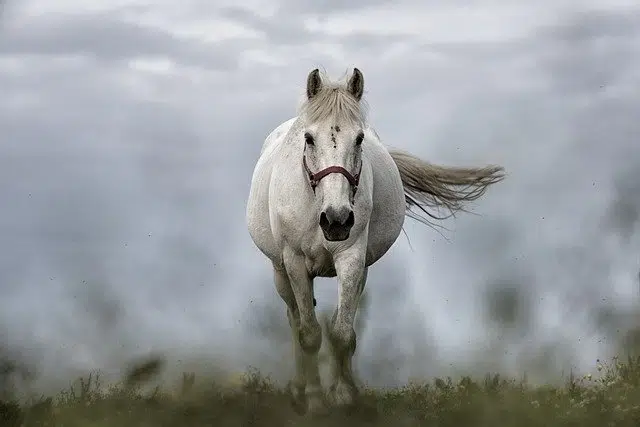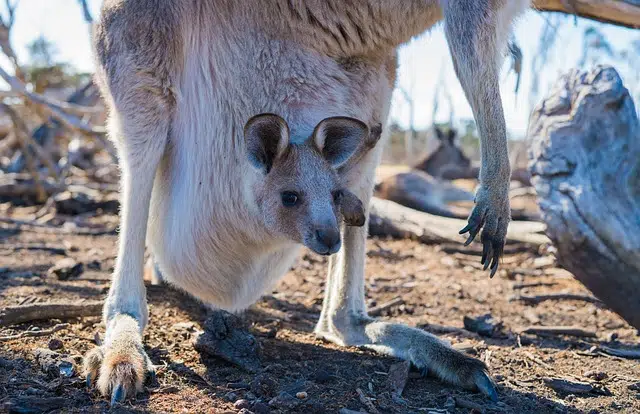
Horses are viviparous animals.
From the Latin vivipărus , viviparous is an adjective that allows mention of the female that proceeds to give birth to her offspring in the phase of well-developed fetuses . In other words, a viviparous animal is one whose embryo develops in the mother's womb , in a special structure that allows it to receive the food and oxygen necessary to grow until the moment of birth.
Viviparism can have different forms. There are viviparous animals that lack a placenta, such as marsupials . In these cases, the fetus is born in a premature state, so it must continue its development in an external bag. Placental viviparism , on the other hand, is the most common among mammals .
Different characteristics of pregnancy in viviparous animals
Regarding gestation time, it is important to determine that each viviparous animal species meets certain deadlines. Thus, for example, in the case of a human being it is nine months while in the case of a bear it is seven months and in the case of a lioness it is only three months.
In the same way, the number of offspring produced in each birth also varies significantly. In women, it is usual for it to be a single baby, although, of course, there are exceptions. But it certainly has nothing to do with what happens with rabbits that can have twelve at a time or even cats and dogs that can give birth to up to seven offspring.
It should be noted that plants can also be viviparous, when their seeds germinate before separating from the mother plant.

Marsupials are viviparous that do not have a placenta.
Differences between oviparous and ovoviviparous
It is possible to contrast viviparous animals with oviparous and ovoviviparous animals. Oviparous animals reproduce by laying eggs in the external environment. The fetus completes its development in this egg until the moment of hatching.
There are many animals that can serve as a clear example of what oviparous animals are. So among those we could highlight the chicken, the turtle, the crocodile, the ostrich...
Among the oviparous, the presence of a unique species must be highlighted. These are monotremes that have the particularity of being the only mammals that belong to the oviparous category. In New Guinea, Australia or Tasmania those have managed to survive.
Ovoviviparous, finally, are the animals that house the eggs inside them until they hatch, which can occur immediately after laying or at another time.
Among the ovoviviparous animals we could highlight some such as certain reptiles, fish and also two well-known species that arouse great interest: sharks and snakes, as would be the case of the viper. However, within these last two groups there are also cases of oviparous and viviparous.
Similarities between viviparous organisms and other types of organisms
It is important to keep in mind that certain characteristics are shared by all three forms of reproduction.
For example, in oviparity and oviparity the nutrition of the embryo will be determined by the egg reserves. Viviparous and ovoviviparous, on the other hand, share the development of the embryo in the mother 's body.
